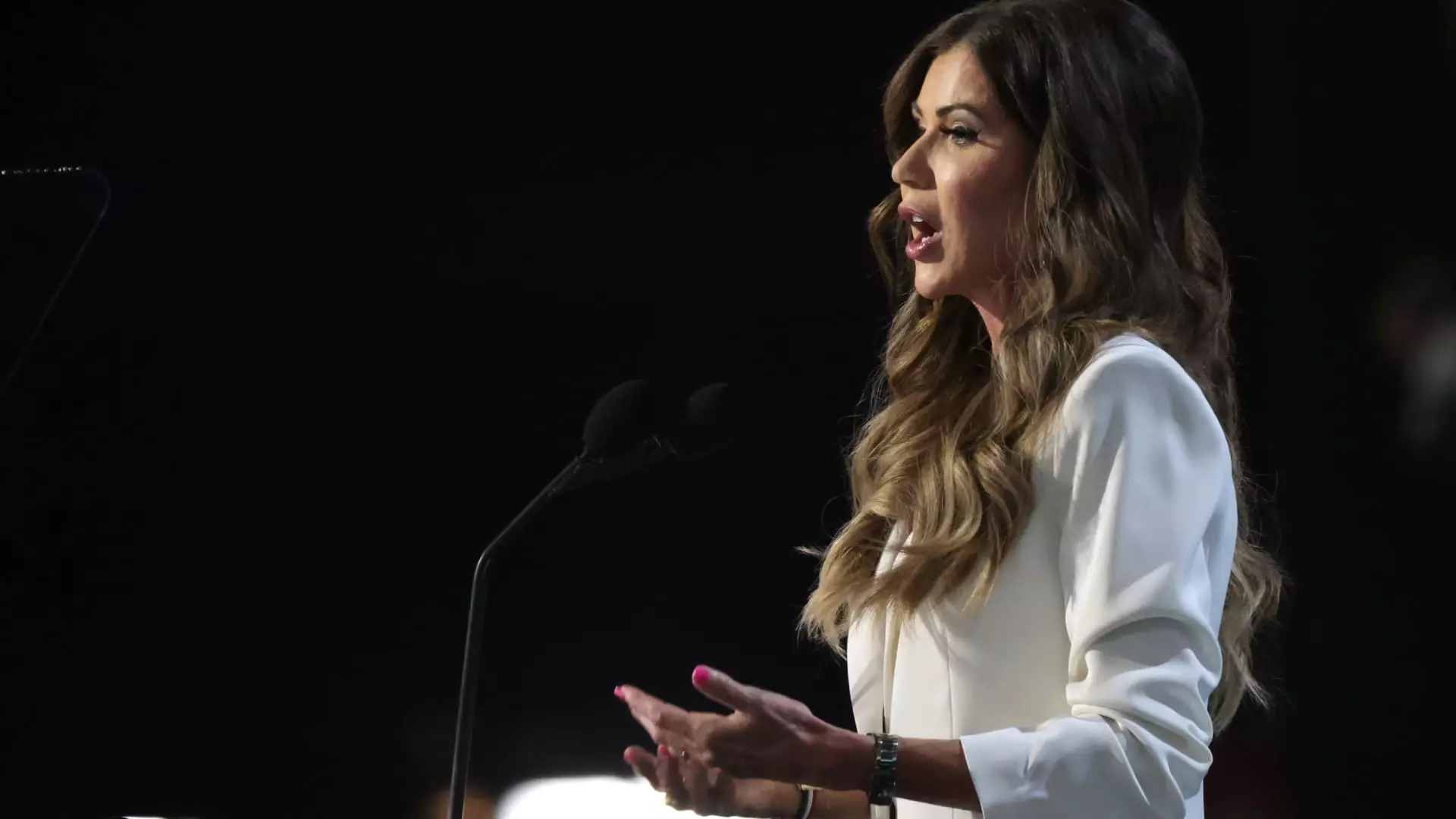In recent months, the conversation surrounding energy efficiency in American homes has gained newfound urgency, driven by state-level initiatives to help residents reduce their energy consumption and lower their utility bills. With the launch of substantial rebate programs spurred by the Inflation Reduction Act (IRA) of 2022, states are gradually adopting strategies to promote environmentally friendly practices. However, not all states are on board with this initiative, as evidenced by South Dakota’s recent decision to forgo federal funding. This article explores the intricacies of the rebate programs, the diverse state responses, and the implications for both consumers and the environment.
The Inflation Reduction Act represents a landmark effort to tackle climate change and promote energy efficiency across the United States. It establishes two Home Energy Rebates programs, allocating an impressive $8.8 billion specifically for consumer incentives. Households can qualify for rebates of up to $8,000 aimed at enhancing home efficiency and up to $14,000 for electrification programs, which facilitate the upgrade of appliances. These initiatives are designed not only to ease the financial burden of retrofitting homes but also to significantly decrease carbon emissions associated with energy usage.
While the intent behind these programs is commendable, their roll-out has been met with uneven enthusiasm. Each state has been given the autonomy to define its own rebate structure, leading to a patchwork of approaches nationwide. As they grapple with the logistics of implementing these programs, states are also weighing the administrative challenges they may encounter.
The response to these rebate programs has been varied and often contentious. States like New York, along with Arizona, Maine, New Mexico, Rhode Island, and Wisconsin, have already unveiled their rebate programs, signaling a shift towards proactive energy efficiency measures. In contrast, South Dakota stands alone in its rejection of federal funding for these incentives, raising questions about the broader implications of such a decision.
South Dakota officials, voicing their concerns regarding the administrative burden, have indicated that the state’s goals do not align with the federal push for energy efficiency. The South Dakota Bureau of Finance and Management’s commissioner, Jim Terwilliger, articulated a clear disagreement with the initiative, stating, “We don’t believe that it’s the right thing for South Dakota.” This resistance highlights a critical tension between state-level governance and federal policy, where the former may prioritize different values and objectives.
While the motivation behind these rebate programs includes fostering energy-efficient homes, reducing household utility bills, and combating climate change, the ramifications of this initiative extend deeply into social policy. By allowing states to establish their own eligibility criteria and rebate structures, the legislation can also inadvertently exacerbate existing inequalities. For instance, households with lower incomes may require more assistance but face stricter eligibility conditions, making it challenging for them to benefit fully from these rebate programs.
Furthermore, states like New Mexico illustrate a positive approach by introducing programs that provide targeted assistance to low-income households. By enabling these families to access rebates for energy-efficient appliances and upgrades, the state positions itself to combat energy poverty while concurrently contributing to the nation’s climate goals. As state programs proliferate, the potential for equity-based solutions emerges, ensuring that the benefits of energy efficiency extend to all socioeconomic groups.
As more states express their intentions to launch rebate programs, the landscape of energy efficiency in America is poised for transformation. Current trends indicate that states are adopting these programs at varying speeds, with California, Florida, and others preparing for upcoming launches. Consumers can anticipate receiving rebates at the point of sale, simplifying access to necessary upgrades and helping to offset initial costs.
However, the challenges of implementing these programs effectively cannot be underestimated. Coordination among state agencies, compliance with federal guidelines, and ensuring equitable access for all residents represent critical hurdles that states must overcome. Additionally, the implications of South Dakota’s decision may resonate beyond immediate financial considerations, as it raises fundamental questions about state autonomy and the role of federal initiatives in local governance.
The surge in energy efficiency rebate programs, led by the Inflation Reduction Act, reflects a significant step toward addressing climate change while promoting sustainable consumer practices. Despite the enthusiasm observed in numerous states, South Dakota’s refusal to participate underscores the complexities intertwining policy directives and state-level priorities. As states continue to navigate this terrain, the effectiveness of these rebate programs will ultimately depend on their ability to engage all demographic segments, enhance environmental benefits, and facilitate the broader transition towards a more energy-efficient nation. Through the lessons learned from both active participants and dissenters, a clearer path forward may emerge, fostering a more sustainable future for all Americans.

